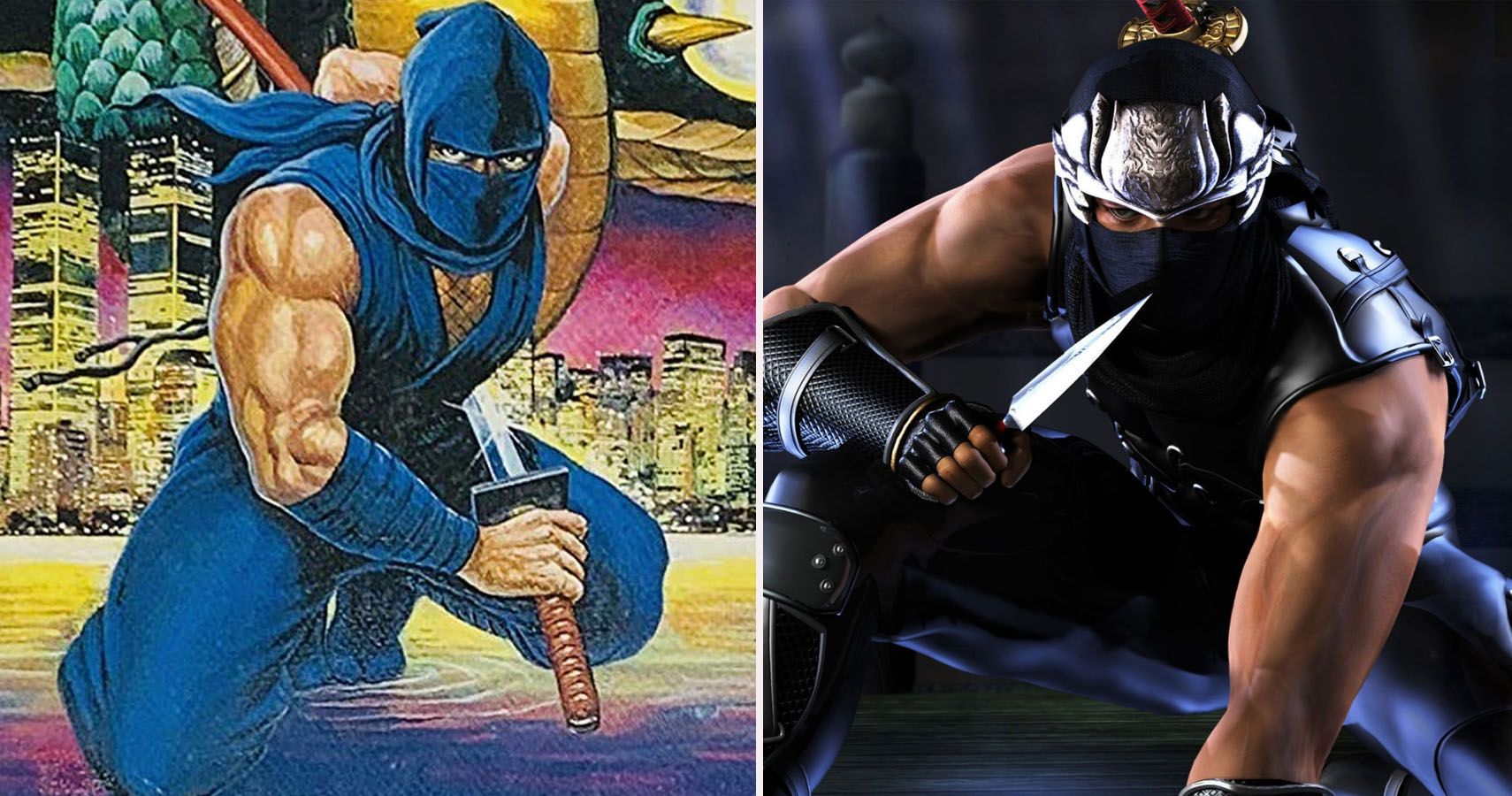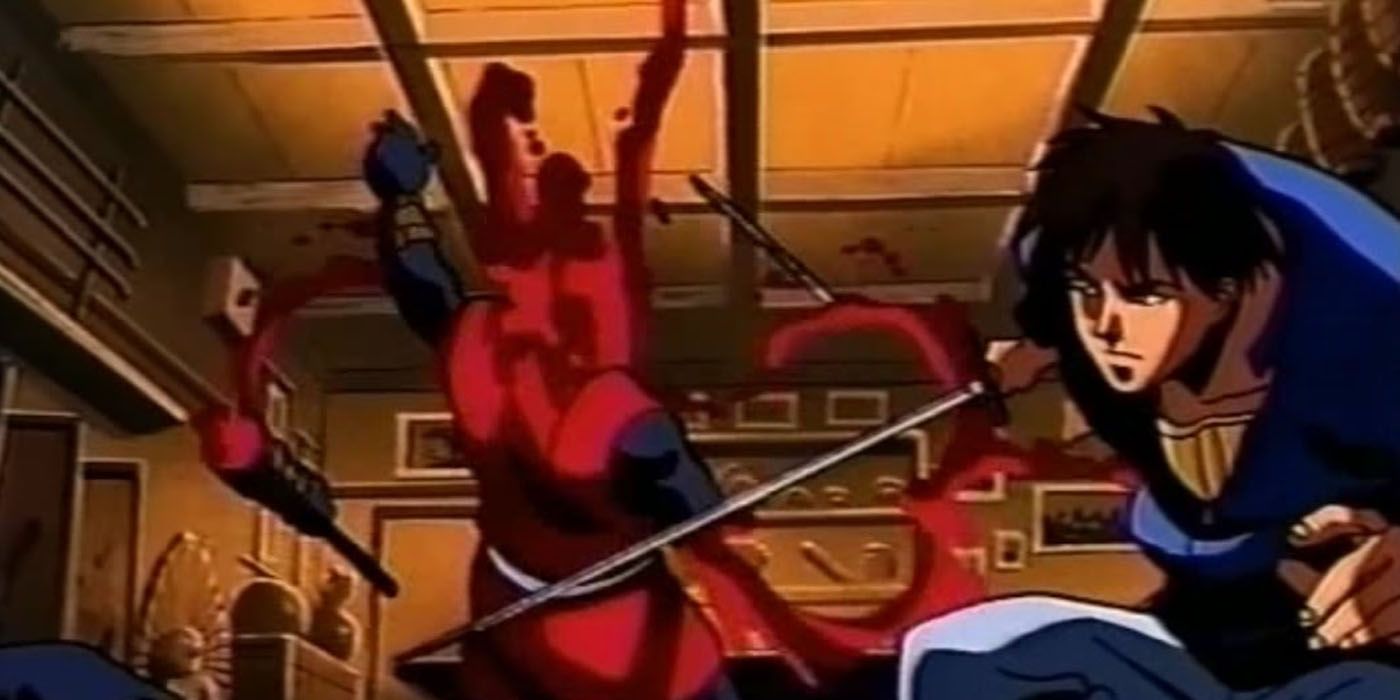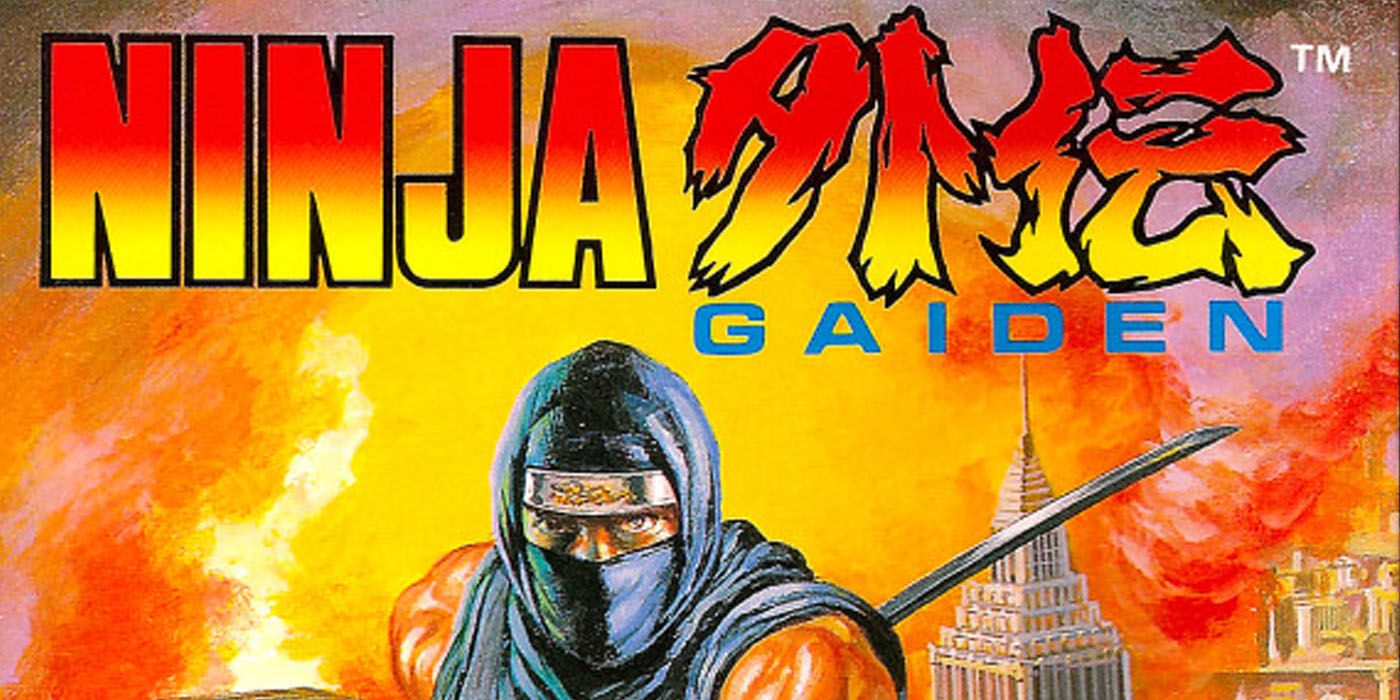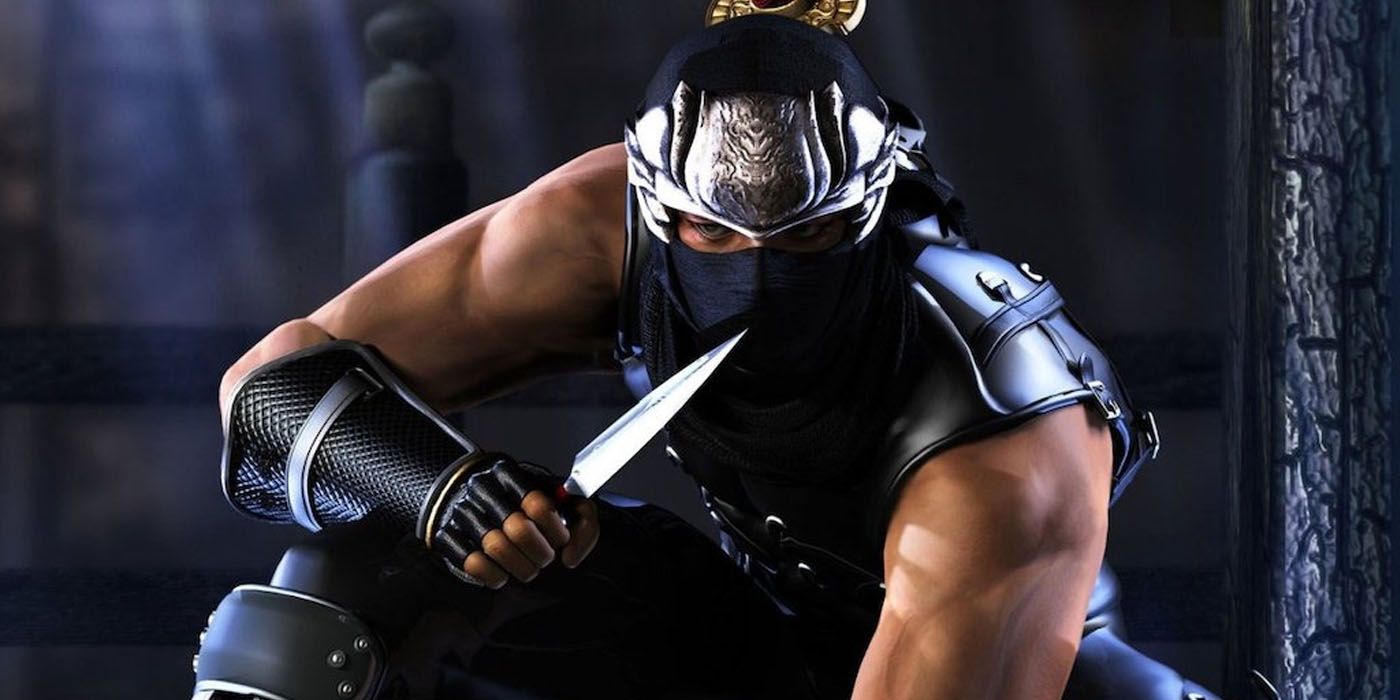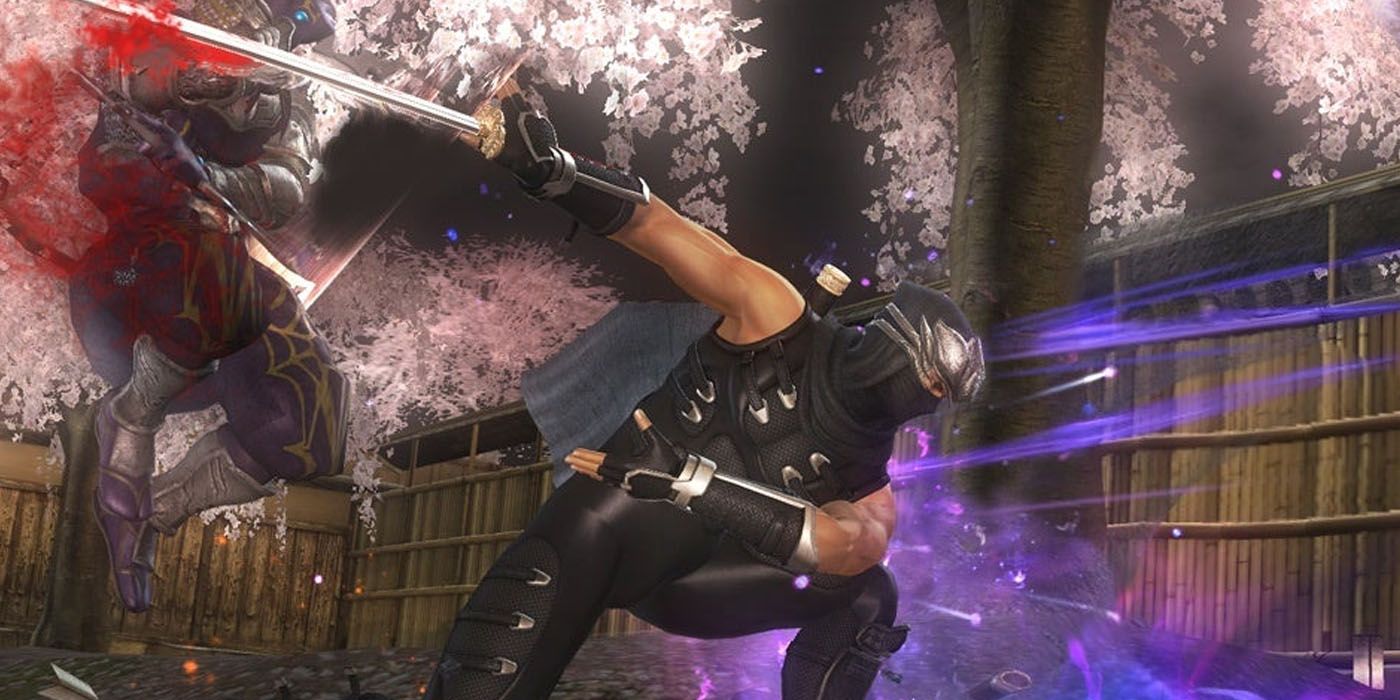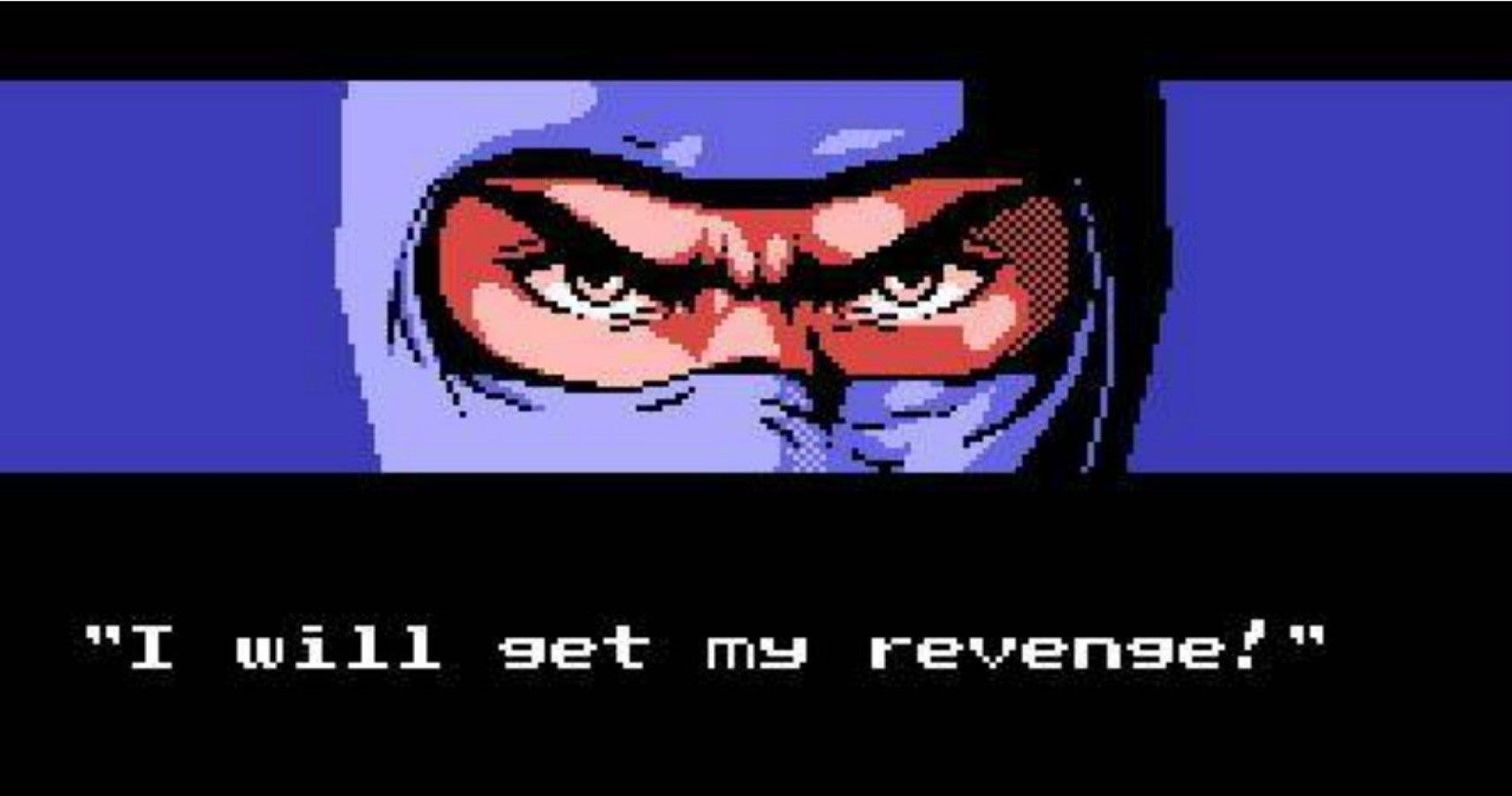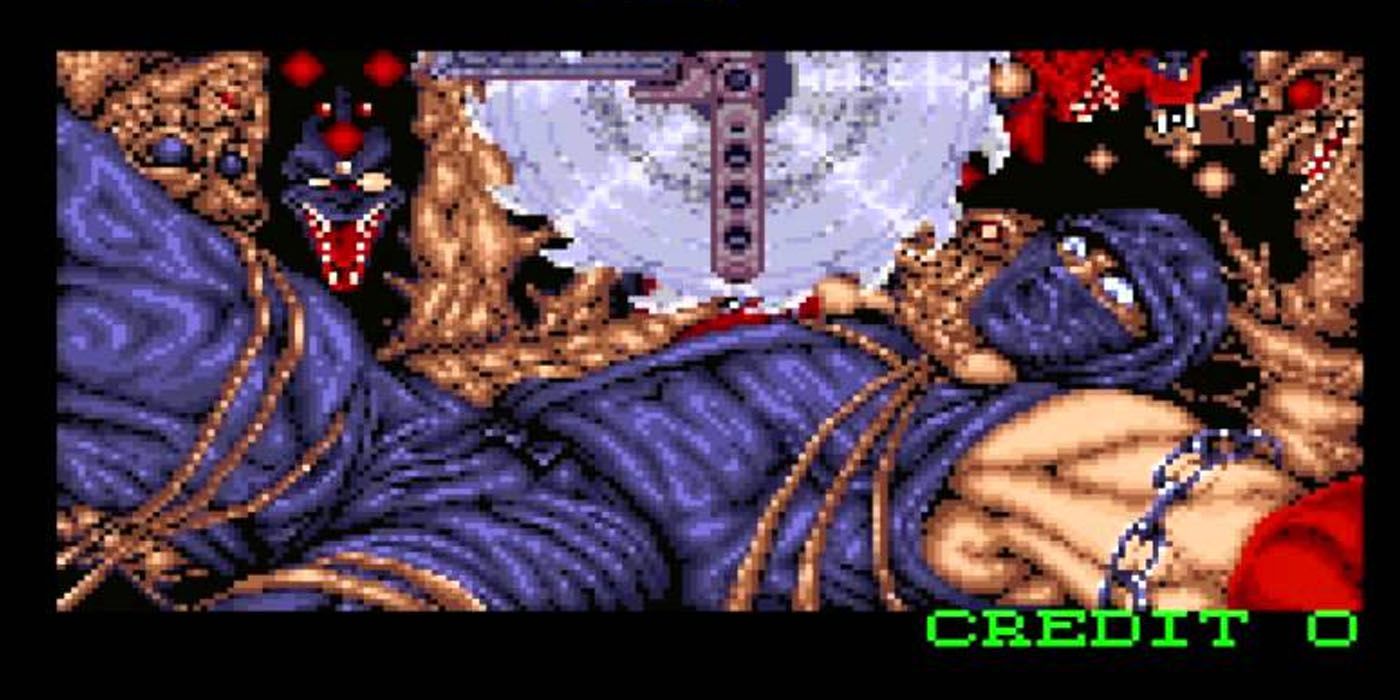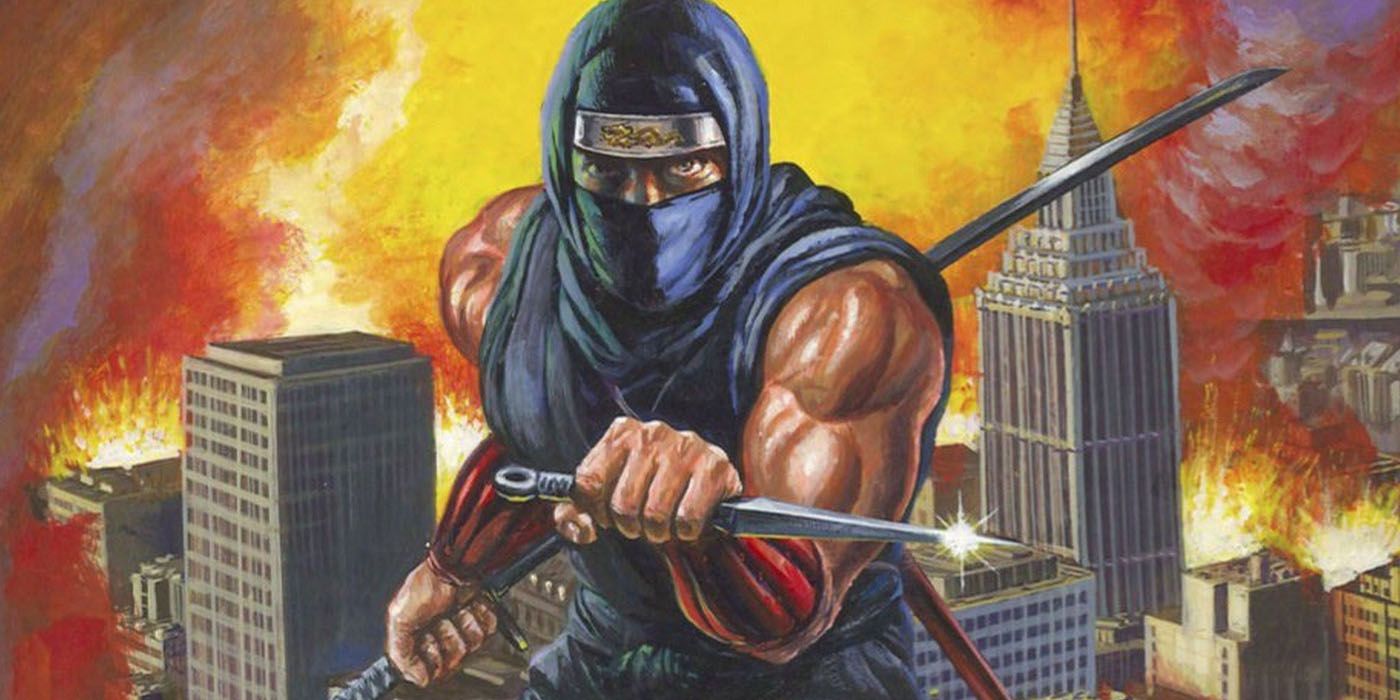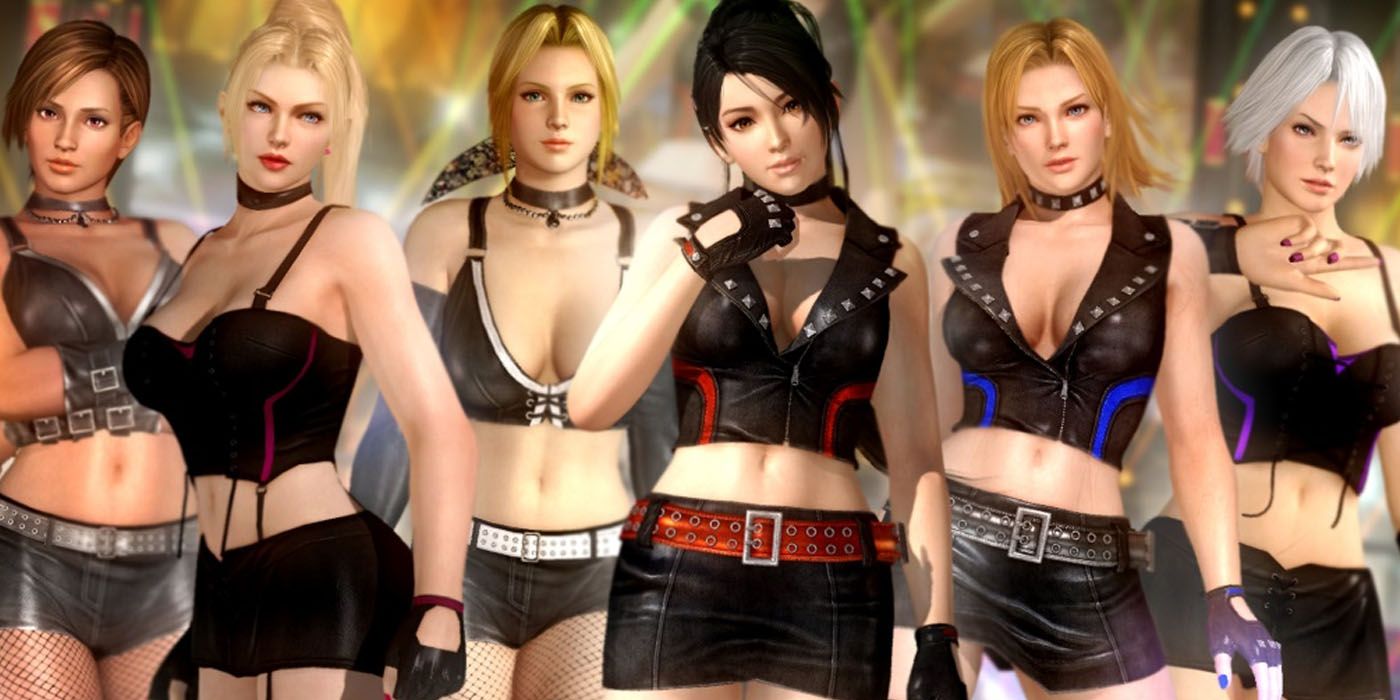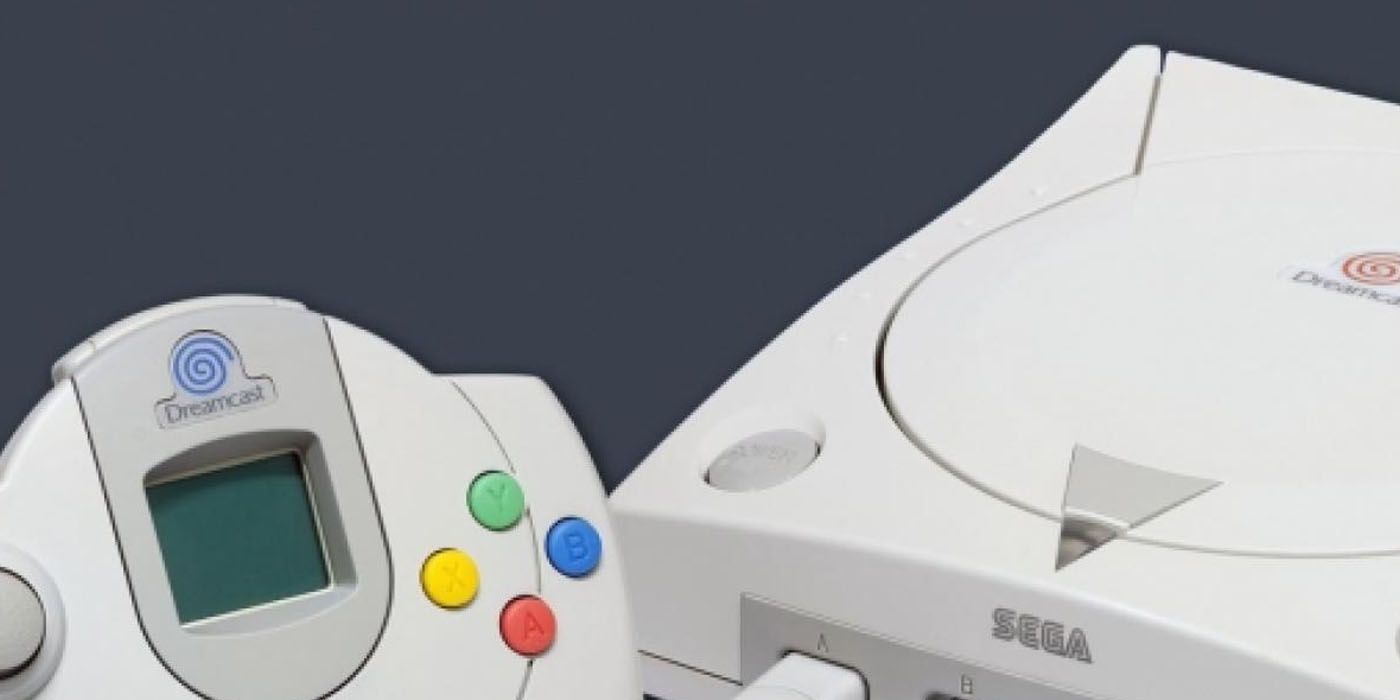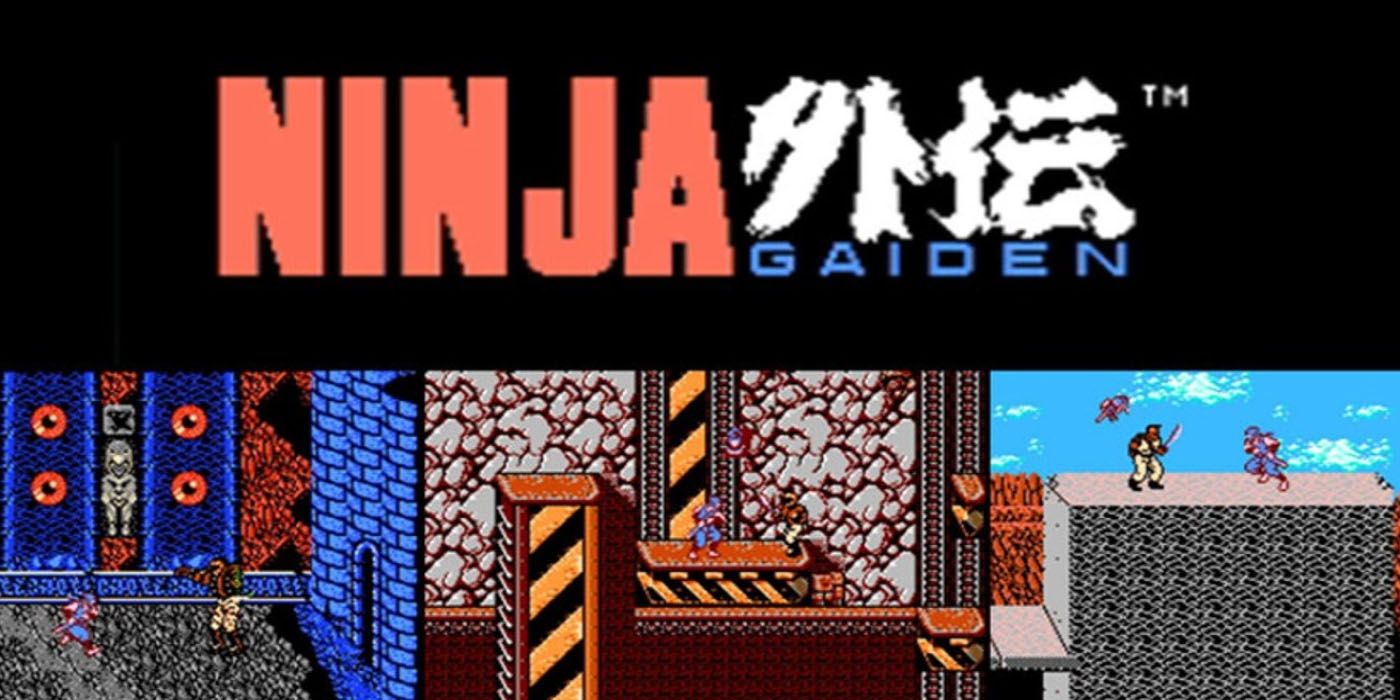Thanks to the excellent Xbox games, Ninja Gaiden seems like a young video game series. But it's actually one of the old workhorses of gaming, with a history going back all the way to the NES. Ninja Gaiden has picked up a reputation in all that time for crazy, over-the-top storylines, extreme difficulty, and gore out the wazoo.
The combination of those factors, along with the franchise's surprising revival in the 2000s, has led to a lot of weird but fascinating factoids about the series' development. We guess when you start with a demon-slaying ninja, normal's not an option.
These are 10 Things Fans Didn't Know About The Ninja Gaiden Franchise
10 There's An Anime
Ninja Gaiden's initial popularity on the NES overlapped with the period when anime was first coming to the West in a meaningful way. So it's a surprise that the anime adaptation didn't cross the Pacific, and still hasn't.
An hour-long movie set between Ninja Gaiden 2 and 3, it bared little resemblance to the games. Ryu's costume was changed, characters acted totally different, and the plot was disconnected from the series' overall narrative. The only thing it got right was the level of blood and gore.
9 The Title Is Different In America
Tecmo, the series' publisher, knew they were going to bring Ninja Gaiden to the West, but hit an early snag. The game's Japanese name Ninja Ryukenden (Legend of the Ninja Dragon Sword) was deemed too tough to pronounce for English-Speakers. They were unsure of how to translate it.
While the game was dubbed Shadow Warriors in Europe, America got the title Ninja Gaiden. Literally, Ninja Side-Story, though it wasn't a spin-off. Tecmo didn't care that the title didn't make sense, and neither did eager gamers.
8 Ryu's Ever-Changing Voice
We're going to chalk it up to a ninja curse to explain why Ryu Hayabusa can't seem to hold onto an English voice actor. Seriously, since his return on the Xbox, the man has had a different English VA for every game in the series.
First Justin Gross voiced him, but he was replaced by Josh Keaton in Ninja Gaiden 2. Then Troy Baker took over and so far has done the majority of Ryu's English voice work. Compare this to Japan, where Hideyuki Hori is Ryu's sole VA.
7 Banned In Germany
Decapitations were a big part of the 2004 Ninja Gaiden's gameplay, but they proved too much for some regions. Germany, in particular, found the amount of gore and violence excessive and refused to rate the game.
If Tecmo didn't take action, the game would have been placed on a list of "Media Harmful to Minors" and barred from advertising. Stores would only be able to sell it to customers 18 and above on request alone. In retaliation, the publisher censored some of the more brutal action themselves and got the game a passing rating.
6 First Game With Cinematic Cutscenes
Video Games in the NES era weren't exactly known for their deep stories. The original Ninja Gaiden Trilogy was the exception to the rule. Developer Hideo Yoshizawa had a story he wanted to tell. He wrote over 20 minutes of plot and used cinematic cutscenes between gameplay section to move it forward.
This was ground-breaking for the time, and the anime-esque story of a ninja searching for lost treasure struck a chord with gamers. Ninja Gaiden was the first game to use cutscenes this way, something we now take for granted.
5 The Unknown Designer
Before its NES debut, Ninja Gaiden also had an arcade version. A side-scrolling beat-em-up in the style of Double Dragon, today its mostly remembered for its gruesome Game Over screen. But there is a mystery at the heart of this game. We don't know who designed it.
The designer is only credited as "Strong Shima." But pseudonyms for designers at companies were common in those days, so that gives us no clue. Another Tecmo employee identified the designer as only a "Mr. Iijima."
4 Simultaneous Development
If you've ever played them, you'll notice the arcade and NES versions of Ninja Gaiden are totally different. One is a platforming action game, the other is a side-scrolling beat-em-up. The stark difference between the two games is because they were developed at the same time by different teams.
According to Masato Kato, one of the developers on the NES Ninja Gaiden, Tecmo noticed ninjas becoming popular in America. To capitalize on this, they fast-tracked a ninja NES project into development alongside the arcade game. Though they were unconnected aside from featuring ninjas, Tecmo gave both games the same title.
3 Dead Or Alive
After a SNES compilation of the original trilogy, Ninja Gaiden disappeared for years. Tecmo itself hit financial trouble and needed a hit game to revitalize their company. Enter Tomonobu Itagaki.
An up and coming designer, Itagaki made the Dead or Alive fighting game for Tecmo on a bet. It was a wild success and when the need for more fighters came up, Tecmo offered Ryu Hayabusa. His appearance in Dead or Alive revitalized interest in Ninja Gaiden and lead directly to Itagaki working on the 2004 Xbox reboot.
2 Destined For Dreamcast
Ryu Hayabusa's return went through a couple of consoles before he made it. When Itagaki and crew at Team Ninja started, the new Ninja Gaiden was going to be an arcade game and then a Sega Dreamcast exclusive. Itagaki was a fan of the Dreamcast and looked forward to making a game for it.
Alas, Sega discontinued the console in 2001, just two years into development. The project moved to PS2 and finally Xbox when Itagaki fell in love with Microsoft's development kit. Funny enough, Tecmo held a poll and fans wanted the game on GameCube more than Xbox.
1 Hidden History
Though the Team Ninja Ninja Gaiden diverged greatly from the plot of the original NES trilogy, the 2004 reboot didn't forget its origins. Players can actually unlock and play all three of the NES games on the Xbox exclusive.
It is quite a challenge though. To unlock Ninja Gaiden 3, players have to earn Master Ninja on all levels in Hard Mode. And just like those NES predecessors, the game is unforgiving with its difficulty.

